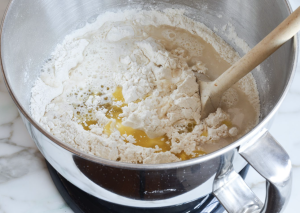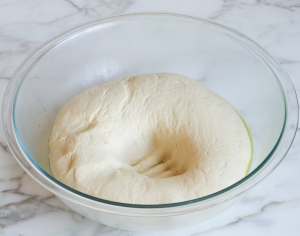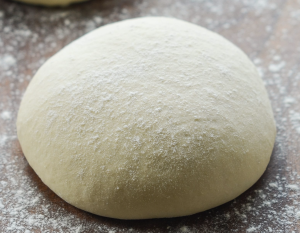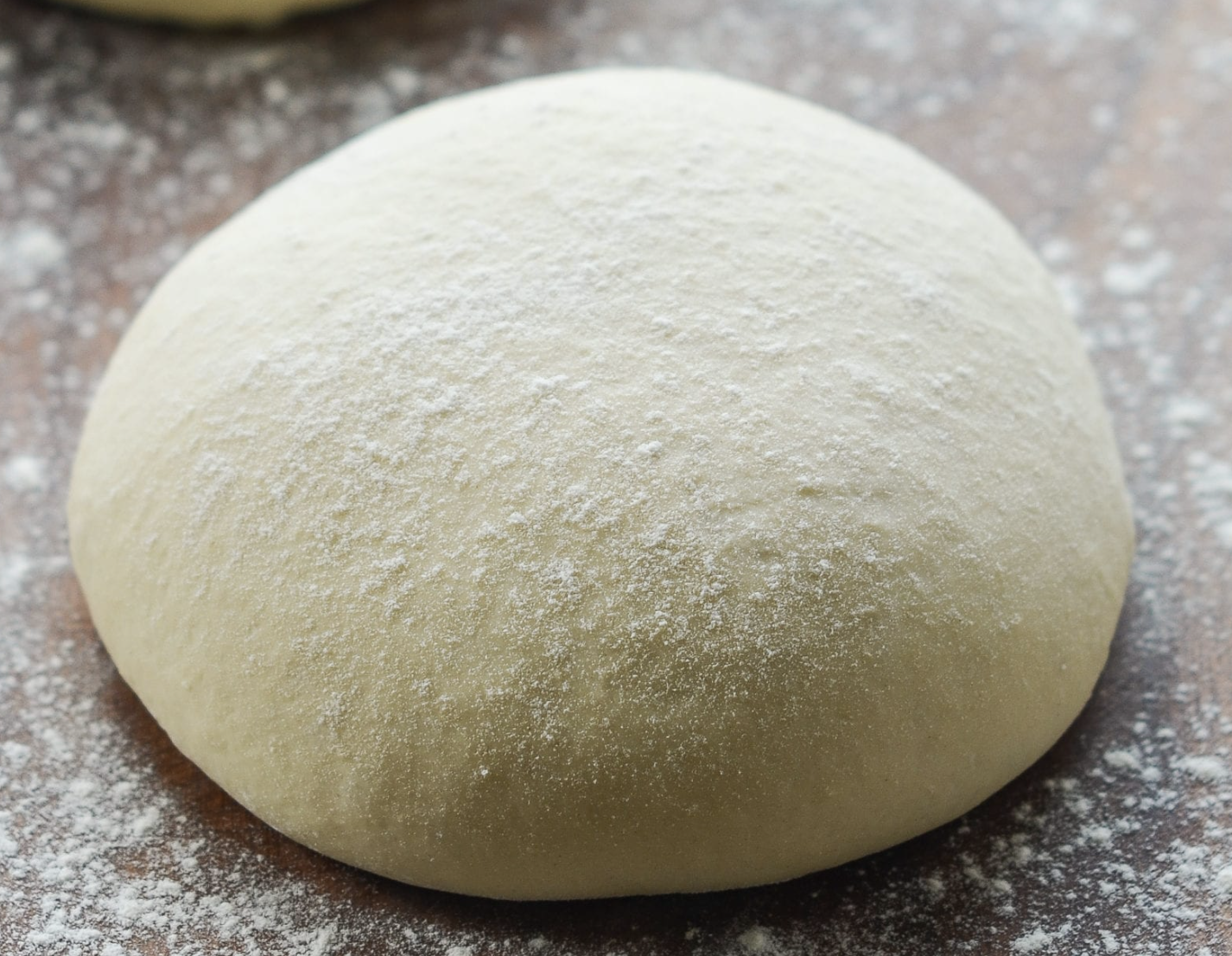Creating the perfect pizza starts with the foundation – the dough. Homemade pizza dough, versatile and straightforward, is a culinary skill worth mastering. This guide will explore the intricacies of making the best homemade pizza dough, a recipe that brings the authentic pizzeria experience right into your kitchen.
Why We Love This Recipe
There’s something undeniably satisfying about making your pizza dough. It’s not just about the taste – it’s the hands-on experience, the aroma of yeast and flour, and the joy of sharing something handmade with loved ones. This recipe, with its perfect balance of simplicity and flavor, makes for a pizza dough that’s both versatile and consistently delicious.
Ingredients Breakdown
- 2 1/4 teaspoons active dry yeast: Yeast is the heart of pizza dough, causing it to rise and imparting a classic flavor.
- 1 teaspoon sugar: Sugar helps activate the yeast and adds a subtle sweetness.
- 1 cup warm water (110°F/43°C): The warmth of the water kickstarts the yeast’s activity.
- 3 cups all-purpose flour: The structural backbone, providing gluten for elasticity.
- 1 teaspoon salt: Salt adds flavor and controls yeast fermentation.
- 1 tablespoon olive oil: Olive oil enriches the dough, adding flavor and a tender texture.
Step-by-Step Guide

1. Yeast Activation
- Process: Dissolve sugar in warm water and sprinkle yeast on top. Let it sit for 5-10 minutes until frothy. This step is crucial as it proofs the yeast, ensuring it’s alive and active.
2. Forming the Dough
- Mixing: In a large bowl, mix the flour and salt. Add the yeast mixture and olive oil, combining until a shaggy dough forms.
- Kneading: Turn the dough onto a floured surface and knead for about 7 minutes. It should be smooth and elastic. Kneading develops gluten, which gives the dough its stretchy texture.
3. First Rise (Proofing)
- Resting: Place the dough in a lightly oiled bowl, cover with a clean cloth, and let it rise in a warm, draft-free place. It should double in size, taking about 1 hour. The first rise is crucial for flavor and texture development.
4. Punching Down and Second Rise
- Purpose: Punching down the dough after the first rise helps distribute the yeast and evens out the temperature within the dough.
- Second Rise: This can be shorter, around 30 minutes. It allows the gluten to relax, making the dough easier to shape.
5. Shaping and Preparing for Baking
- Dividing the Dough: For a standard pizza, divide the dough into two equal parts. This recipe yields two medium-sized pizzas.
- Shaping: Roll or stretch the dough into your desired shape, maintaining an even thickness for uniform cooking.
6. Baking
- Oven Preheating: Preheat your oven to its highest temperature (450-500°F/230-260°C) with a pizza stone or baking sheet inside.
- Cooking Time: Bake for 10-15 minutes until the crust is golden and crisp.

Detailed Notes and Variations
Yeast: The Heart of the Dough
- Types of Yeast: Active dry yeast is used here, but instant yeast can be substituted. The key difference is that instant yeast doesn’t need to be proofed in warm water.
- Water Temperature: Too hot water can kill the yeast, while too cold won’t activate it. Aim for 110°F/43°C.
Flour: The Structure
- Gluten Development: All-purpose flour is a standard choice, but bread flour can be used for a chewier texture due to its higher protein content.
Flavor Enhancements
- Herbs and Spices: Consider adding dried herbs like oregano or basil to the dough for an aromatic twist.
- Whole Wheat Flour: Substituting half of the all-purpose flour with whole wheat flour adds a nutty flavor and extra fiber.
Techniques for the Perfect Dough
- Slow Fermentation: For a more complex flavor, let the dough rise slowly in the refrigerator for 24 hours.
- Handling the Dough: Handle the dough gently when shaping to retain the air bubbles formed during rising, which contribute to a light, airy crust.

FAQs
Q: Can I make the dough in advance? A: Yes, you can refrigerate the dough after the first rise. It can be kept for up to 24 hours.
Q: How can I store leftover dough? A: Wrap the dough tightly in plastic wrap and refrigerate for up to 3 days or freeze for up to 3 months.
